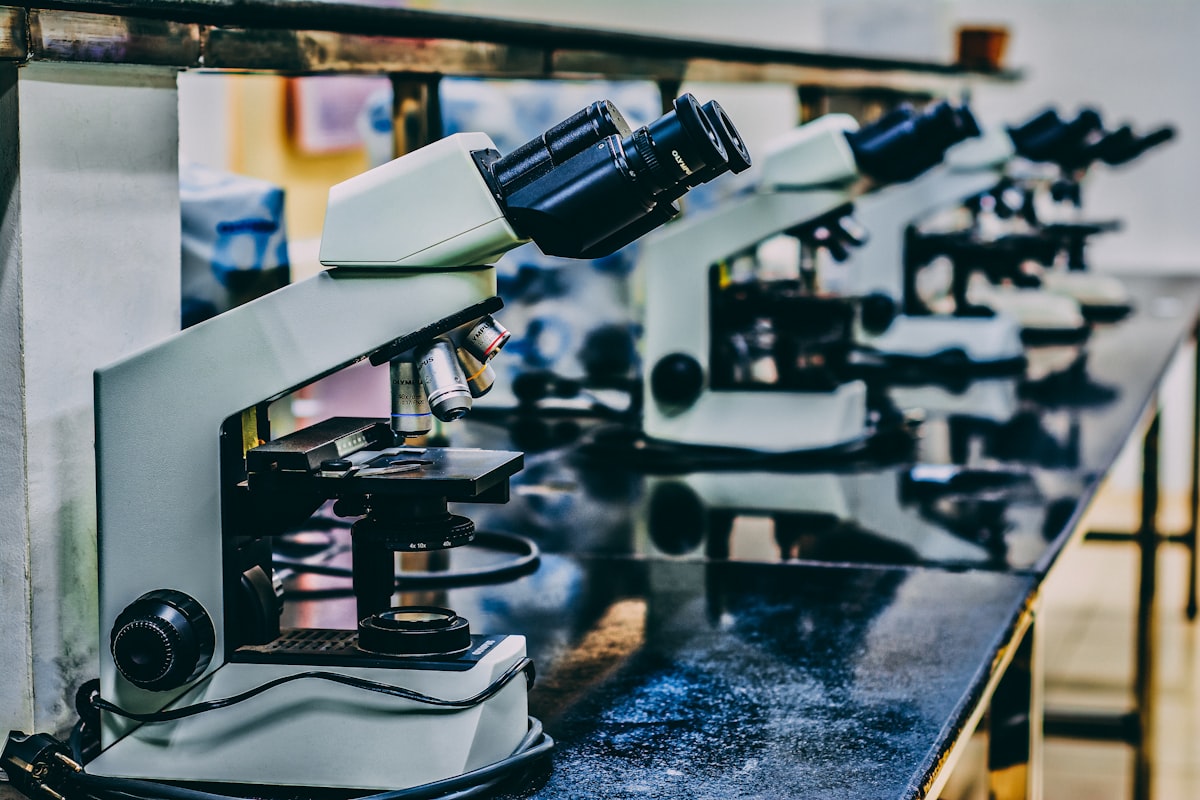How nanochemistry transforms the properties of materials
In nanochemistry, molecular units are synthesized in isolation and then organized in a condensed phase in a second step. The goal is to obtain molecules created in the lab that have new applications.

The design, creation, and application of functional materials, devices, and molecular systems, known as nanotechnology, will have an impact similar to or greater than that produced by the development of the automobile and the personal computer, said the director of the Institute of Nuclear Sciences (ICN) of the UNAM, María del Pilar Carreón Castro.
Entering the universe of the smallest, where molecules and atoms are blocks that form solid and efficient structures, means entering the field of nanoscience, a branch of knowledge where matter modifies its usual properties. At this level, molecules and atoms are capable of aligning, accommodating, and self-assembling, thus achieving new properties and greater efficiency for multiple applications. The latter is now being tested in electronic devices, solar cells, and even drug carriers.
Nanoscience studies the properties of molecular structures at the nanometer scale, i.e., from one to 100 nanometers. A nanometer is equivalent to one-millionth of a millimeter. Nanotechnology is used through the control of matter at a nanometer length scale, as well as the study of new phenomena and properties (physical, chemical, and biological).
The specialist gave the conference Nanochemistry: in search of the promised materials, organized by the Museum of Women and the Mexican Federation of University Women (FEMU), which was presented by Gabriela del Valle Muñoz, vice-president of National Affairs of that organization.
Carreon Castro stressed that at the nanometer scale, the ordinary rules of physics and chemistry do not apply. Properties such as strength, conductivity, and reactivity differ substantially between the nanoscale and the macro. For example, carbon nanotubes are 100 times stronger and much lighter than steel.
The impact of this technology can be seen in physics with molecular and photonic electronics and molecular architecture; in nanomaterials with new compounds, biomaterials, and new multifunctional structures; in biology with carrier vehicles, drug delivery vehicles, and disease detectors; and in chemistry with the development of new compounds and molecules.
In nanochemistry, one works with molecular units that can be synthesized in isolation and organized in a second step in some condensed phase. The idea is to obtain molecules created in the laboratory, with novel uses.
"The advantage of what we know as nanochemistry is that we can, depending on the substituent we use or the structure we are using as a base, modulate the properties we are interested in. In applications, I have focused on organic photocells (which replace the current silicon), sensors, and drug carriers," she explained.
There is still a long way to go to achieve parity, for example in the ICN the research area is made up of 85.5 percent men and 14.5 percent women; while 70.4 percent of the academic technicians are men and 29.6 percent are women. And in the Mexican Academy of Sciences, there are 23.3 percent women and 76.69 percent men, a number that is reduced when talking about exact and natural sciences.




